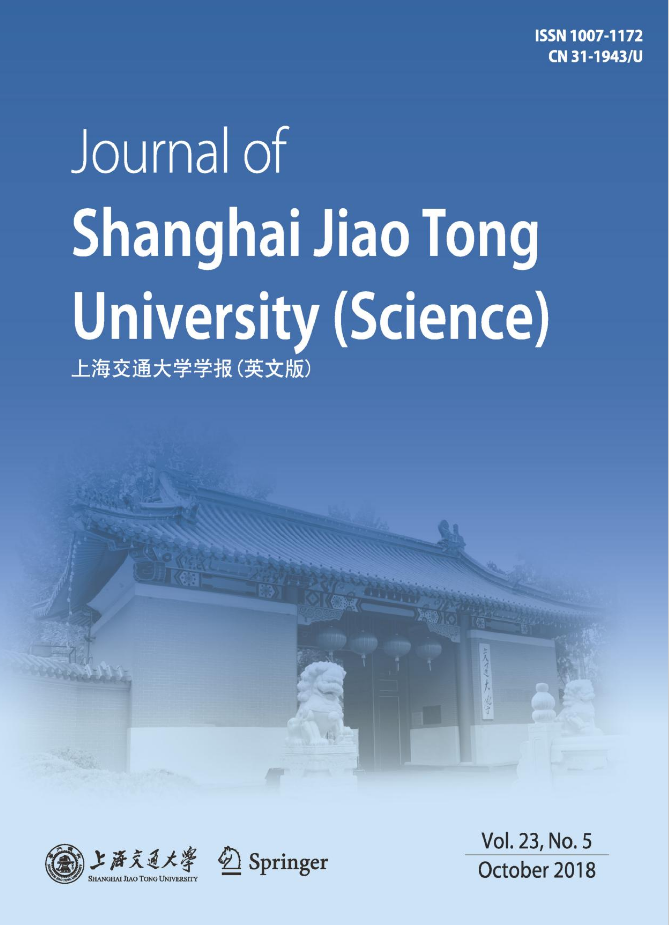|
|
Face Hallucination with Weighted Nuclear Norm Constraint
TANG Songze (唐松泽), LI Heng (李恒), XIAO Liang (肖亮)
2018, 23 (5):
627-635.
doi: 10.1007/s12204-018-1992-z
Face hallucination via patch-pairs leaning based methods has been wildly used in the past several
years. Some position-patch based face hallucination methods have been proposed to improve the representation
power of image patch and obtain the optimal regressive weighted vector. The rationale behind the position-patch
based face hallucination is the fact that human face is always highly structured and consequently positioned and it
plays an increasingly important role in the reconstruction. However, in the existing position-patch based methods,
the probe image patch is usually represented as a linear combination of the corresponding patches of some training
images, and the reconstruction residual is usually measured using the vector norm such as 1-norm and 2-norm.
Since the vector norms neglect two-dimensional structures inside the residual, the final reconstruction performance
is not very satisfactory. To cope with this problem, we present a weighted nuclear-norm constrained sparse coding
(WNCSC) model for position-patch based face hallucination. In addition, an efficient algorithm for the WNCSC is
developed using the alternating direction method of multipliers (ADMM) and the method of augmented Lagrange
multipliers (ALM). The advantages of the proposed model are twofold: in order to fully make use of low-rank
structure information of the reconstruction residual, the weighted nuclear norm is applied to measure the residual
matrix, which is able to alleviate the bias between input patches and training data, and it is more robust than the
Euclidean distance (2-norm); the more flexible selection method for rank components can determine the optimal
combination weights and adaptively choose the relevant and nearest hallucinated neighbors. Finally, experimental
results prove that the proposed method outperforms the related state-of-the-art methods in both quantitative and
visual comparisons.
References |
Related Articles |
Metrics
|

